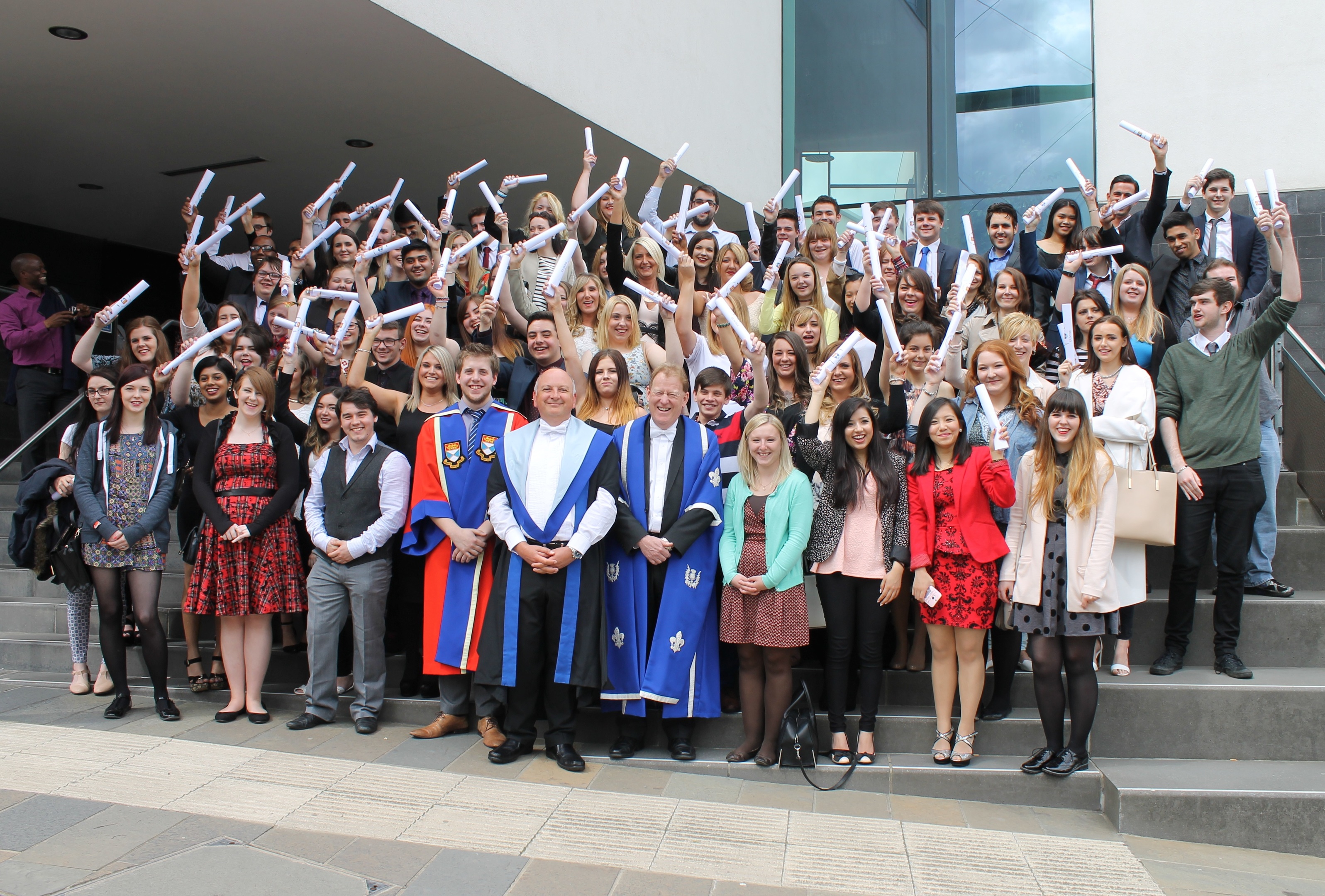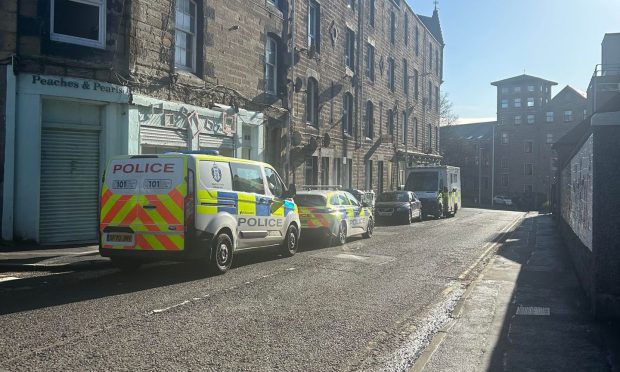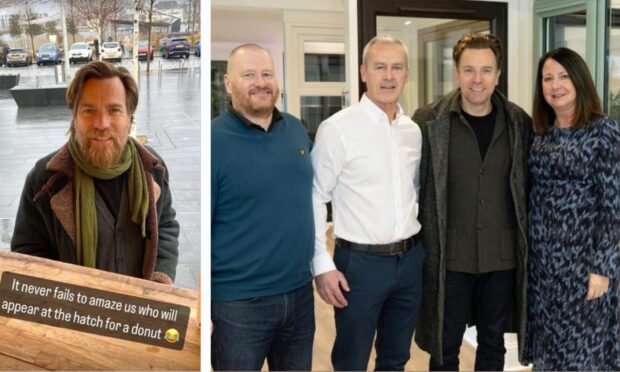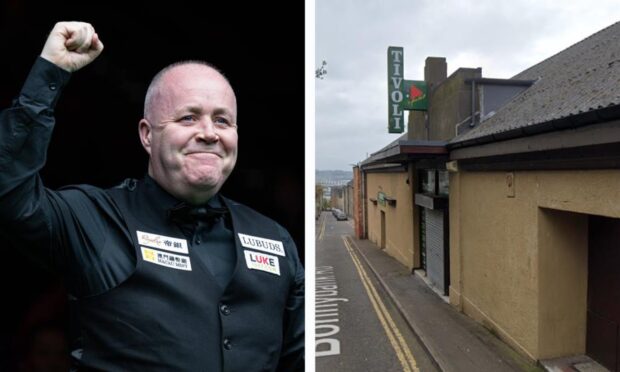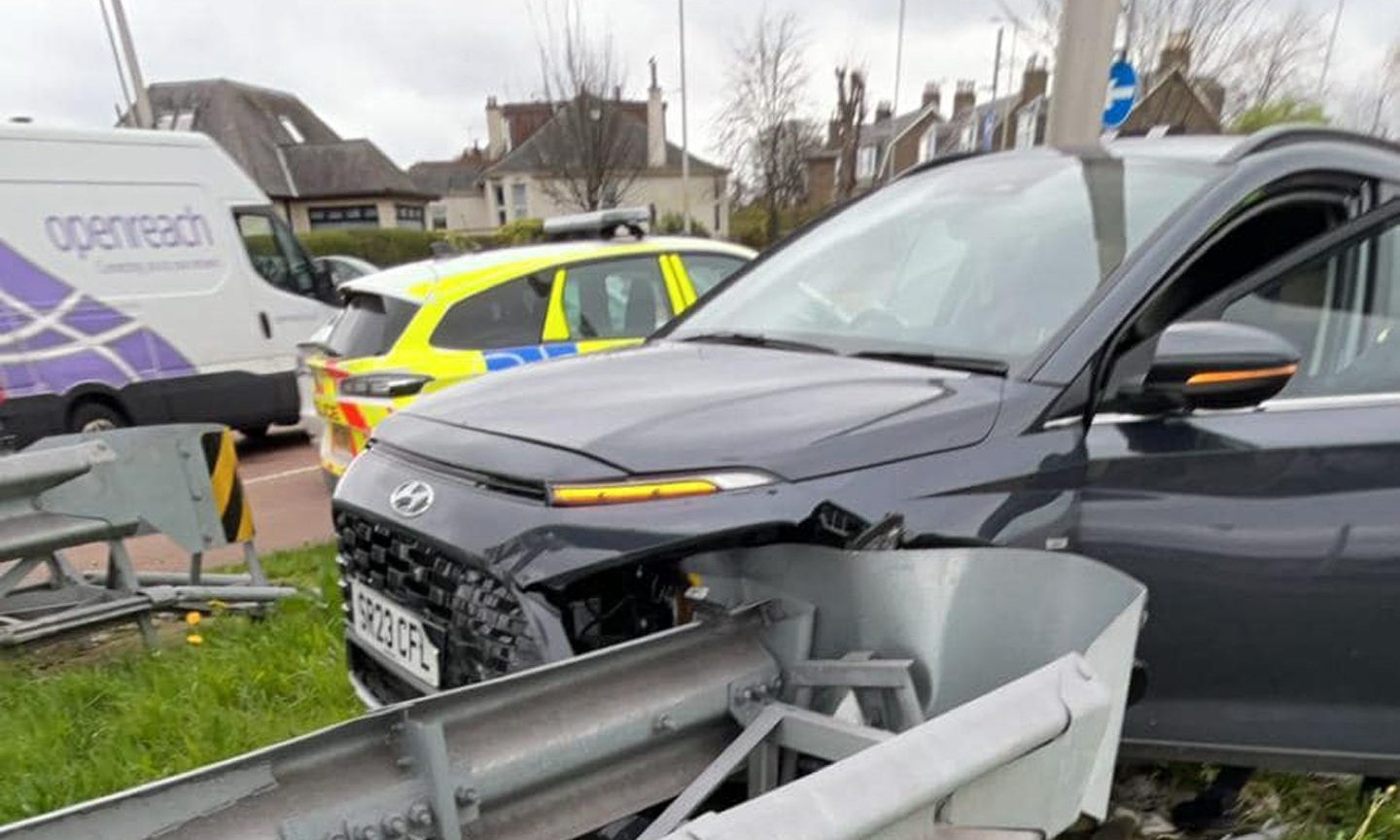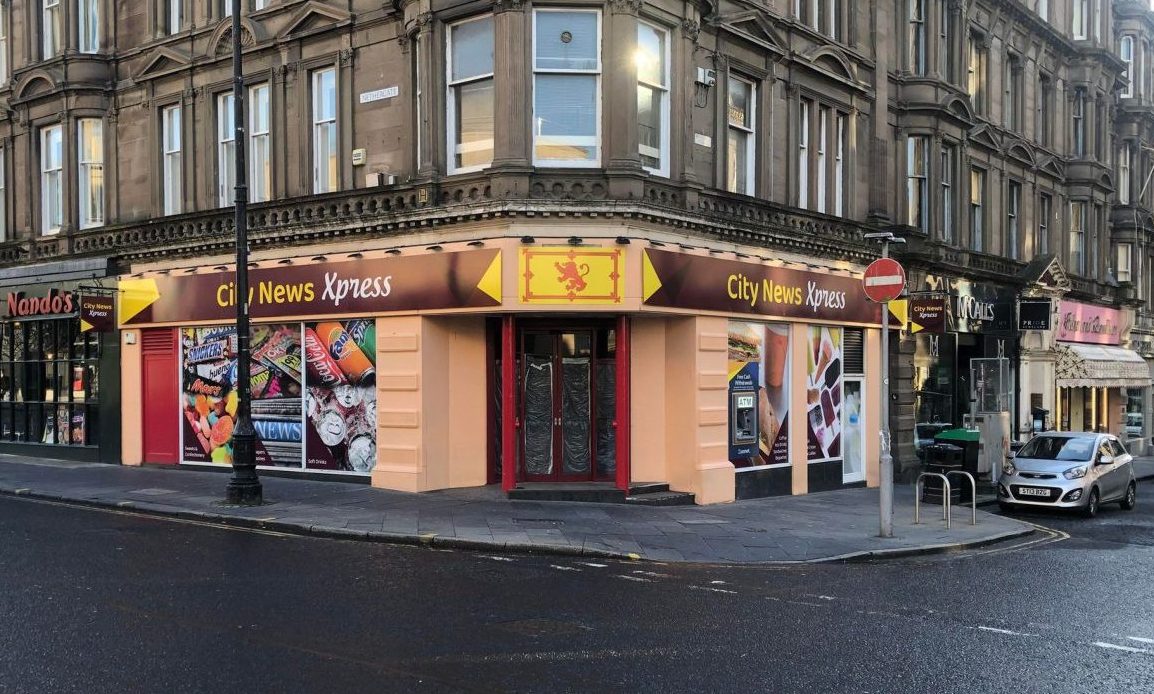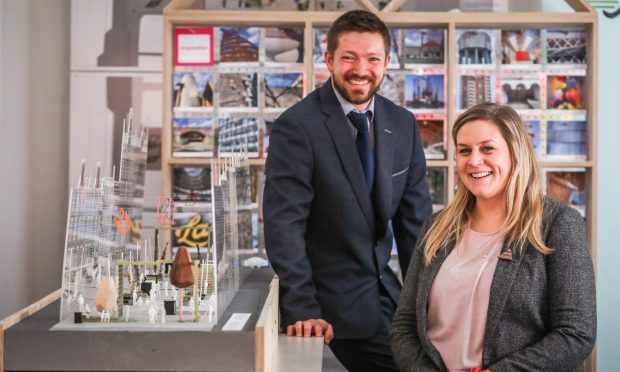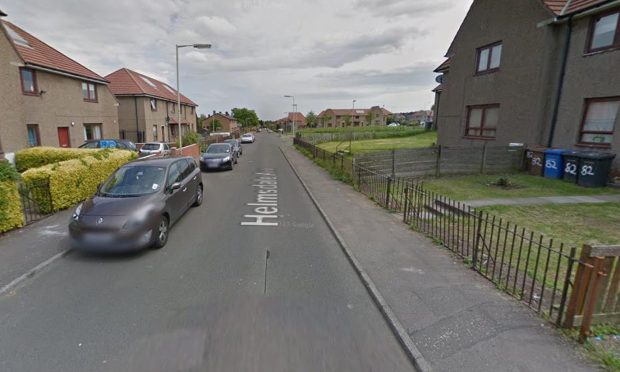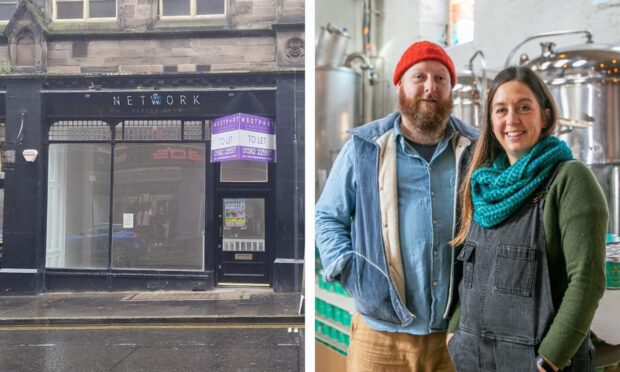Dundee University is bucking the national trend for taking students from deprived backgrounds.
New statistics show the number of students from the most deprived areas of Scotland taking up places at the university has more than doubled in recent years.
Figures from admissions body UCAS revealed the number of students from the most-deprived 20 per cent (MD20) and 40 per cent (MD40) of areas matriculating at Dundee has risen sharply since 2010 and particularly since 2012.
Across Scotland, there has been an overall decrease.
The number of places awarded to these groups fell nationally in 2015, with 1,215 MD20 applicants taking a place compared to 1,305 the previous year.
In contrast, Dundee’s MD20 and MD40 matriculations rose from 275 to 325 and 360 to 415 respectively.
Since 2012, the university’s figures have risen by 124 per cent (MD20) and 121 per cent (MD40).
Of the 2,065 students from Scotland who took a place at Dundee in 2015, 36 per cent were from MD40 backgrounds.
“We are delighted that Dundee has once again been shown to be leading the way in widening access to higher education in Scotland,” said Professor Karl Leydecker, vice-principal (learning and teaching) at the University.
“This rise is entirely expected, however, as we are sector leaders in widening access. Through contextualised admissions, intensive work with schools and many innovative schemes, we work hard to ensure that all highly able students, regardless of background, can access Scotland’s University of the Year.
“We have invested heavily in our Access & Participation programme and staff have worked tirelessly to make the dream of a university education a reality for students from areas of deprivation.
“These statistics show that our approach is working exceptionally well but the real evidence comes when you speak to these students and graduates about how it has opened up exciting new opportunities that will transform their lives.”
In 2012, the Scottish Government introduced the Additional Places scheme in response to a fall in the number of students from the most deprived areas attending university across Scotland.
In 2010, Dundee’s admissions stood at 205 (MD20) and 480 (MD40).
The university interacts with prospective students from areas of multiple deprivation in order to help them overcome obstacles right the way through from initial participation to them completing their course.
One of the university’s most successful initiatives is the DUAL Summer School.
Since 1993, a total of 2,000 students have benefited from the pathway, which allows potential undergraduates of all ages to qualify, prepare and progress to a degree.
The course has a 95 per cent completion rate and those who have progressed to university go on to graduate with degree classifications above the Scottish average.
This year’s cohort of 170 new students started Summer School this week.
